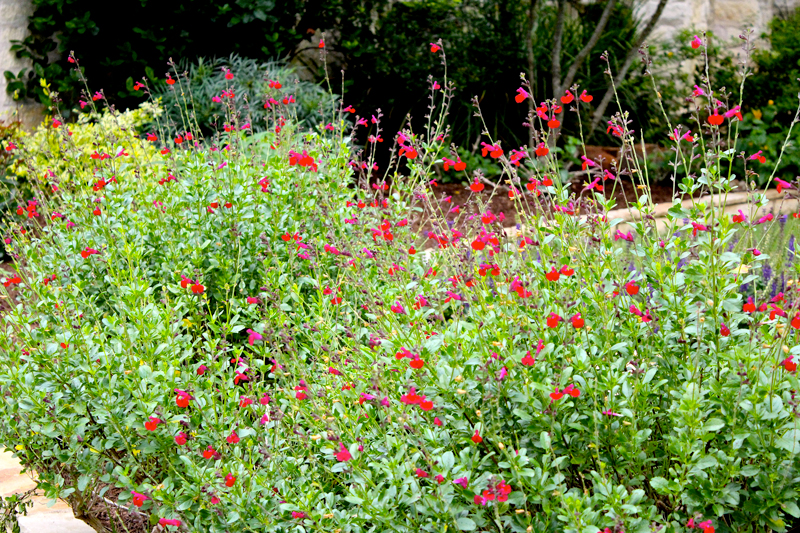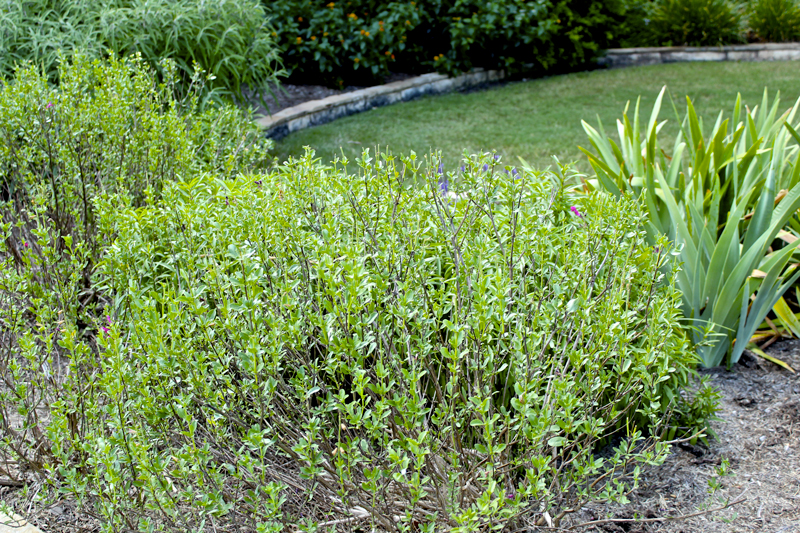
With this spring’s unprecedented (some might say relentless) rainfall, most garden perennials have flourished. Ample water followed by summer sun has ensured plentiful blooms in our gardens. But as the heat rises, many root-hardy, woody perennials are reaching the end of their bloom cycles.
Unlike cooler climates, we are fortunate to have two bloom periods between the beginning of spring and the end of fall. Because our fall weather is so temperate, we have plenty of time for another bloom cycle before the first frost.
When the scorching heat begins to abate in September, we begin to see cooler temperatures at night. This respite fosters renewed plant growth. Plants produce flowers as the precursor to seed production that begins the life cycle all over again. When we prune plants after they’ve finished their summer bloom cycle, we stimulate new growth and production of blooms.
The beginning of August is the perfect time to take your pruners in hand and give your perennials a good haircut. Unlike deadheading spent flower heads, which can be done all season long, perennials should be sheared — cut back all over – by one third to one half. Don’t worry if you cut off some existing blooms, a new flush of blooms can appear in as little as a few weeks.

Not only will shearing help ensure a second bloom cycle; it will also help to keep the plants from becoming leggy.
Short-handled pruners or long-handled loppers are the best tools for shearing. Power hedge shearers are not as easily used on woody perennials – they are best used on large hedges. Manual pruners provide a clean cut and allow for more control. Be sure to sterilize your tools with rubbing alcohol between plants to prevent any possible spread of disease, and remove all plant clippings from around the plant.
Root-hardy woody perennials that can be sheared for a second bloom cycle include plants like lantana, salvia, esperanza, Turk’s cap, rock rose, Pride of Barbados and other perennials that die back to the ground during the winter, coming back from their roots in the spring.
Local Landscape Designer and Garden Coach Diana Kirby provides landscaping tips at http:/www.dianasdesignsaustin.com and writes a garden blog at https://www.dianasdesignsaustin.com

